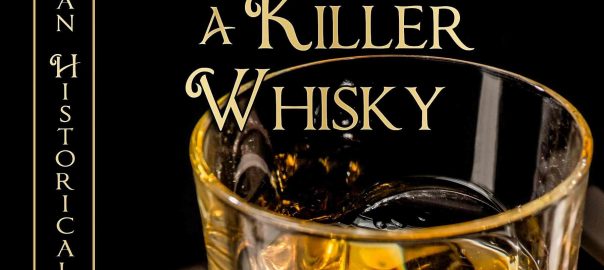When I was a child, I read numerous novels written over a century ago, such as Anne of Gables, Emily of New Moon, and The Story Girl by L. M. Montgomery. Characters who got sick in these stories routinely mentioned taking laudanum. I hadn’t heard of this medicine but assumed it was similar to our everyday modern drugs. So I was surprised to later learn that laudanum is essentially opium.
Anne of Green Gables took opium?
She almost certainly did. From the 18th to the early 20th century, laudanum was a common drug found in most household medicine cabinets. People took it for headaches, coughs, diarrhea, and “female complaints.” They fed drops to babies to ease teething pain and colic.
Drawings reveal that the juice and seeds of the opium poppy were used as medicines in ancient Assyria and Egypt. Opium treatment emerged in Europe in the 1660s, when doctors dissolved opium in liquor and added cinnamon, cloves, other spices and sometimes honey to mask the plant’s bitter taste to create a drug they called laudanum. The medicine worked quickly and more effectively than other drugs available at the time and came to feature in about 25 % of all prescribed medications. Opium was also the secret ingredient in 19th century drugs advertised and sold under innocuous brand names like Dover’s Powder and Winslow’s Soothing Syrup.
While doctors appreciated the value of opium, they were aware of the dangers. Overdose, called “acute poisoning,” could be accidental or intentional. Opium was the most common method of suicide in the 1800s and too many drops of laudanum tragically resulted in infant deaths.
Addiction, or “chronic poisoning,” was another problem. Poet Samuel Taylor Coleridge’s medical treatments led to a life-long laudanum addiction. His famous poem, “Kubla Khan,” was inspired by an opium dream.
In the early 1880s, researchers isolated the active ingredient in opium and named it for Morpheus, the Greek god of sleep and dreams. Morphine is ten times as strong as the same amount of opium but can be more precisely measured, preventing overdose. Hypodermic needles were invented to inject morphine powder and soon people could buy hypodermic syringes in the Sears catalogue for $2.00.
Next Bayer pharmaceuticals developed the even stronger heroin and marketed it with its other new drug, aspirin. Some people thought aspirin carried higher risks because it caused bleeding.
But many doctors and members of the public pushed for restrictions on dangerous drugs. In the early 20th century, governments passed laws making opium and its derivatives only available by prescription and requiring companies to list ingredients on drug labels. Researchers gradually developed effective medicines with fewer serious side effects. Laudanum is still available today but is mainly prescribed to control diarrhea when other medications have failed.
Why am I interested in old time medicine? It’s because my new historical mystery novel, A Killer Whisky, deals with common drugs of the early 1900s. These also included cocaine – great for nasal inflammation – and whisky. During Prohibition doctors were allowed to prescribe liquor to relieve stress, pain, and other physical and mental ailments. Many people took advantage of that legal loophole and enjoyed the medicine’s intoxicating side-benefits.

References:
Halpern, John H., MD and Blistein, David. Opium: How an Ancient Flower Shaped and Poisoned Our World. New York: Hachette, 2019.
Inglis, Lucy. Milk of Paradise: A History of Opium. London: Macmillan, 2019.
Malleck, Dan. When Good Drugs Go Bad. Vancouver: UBC Press, 2015.
